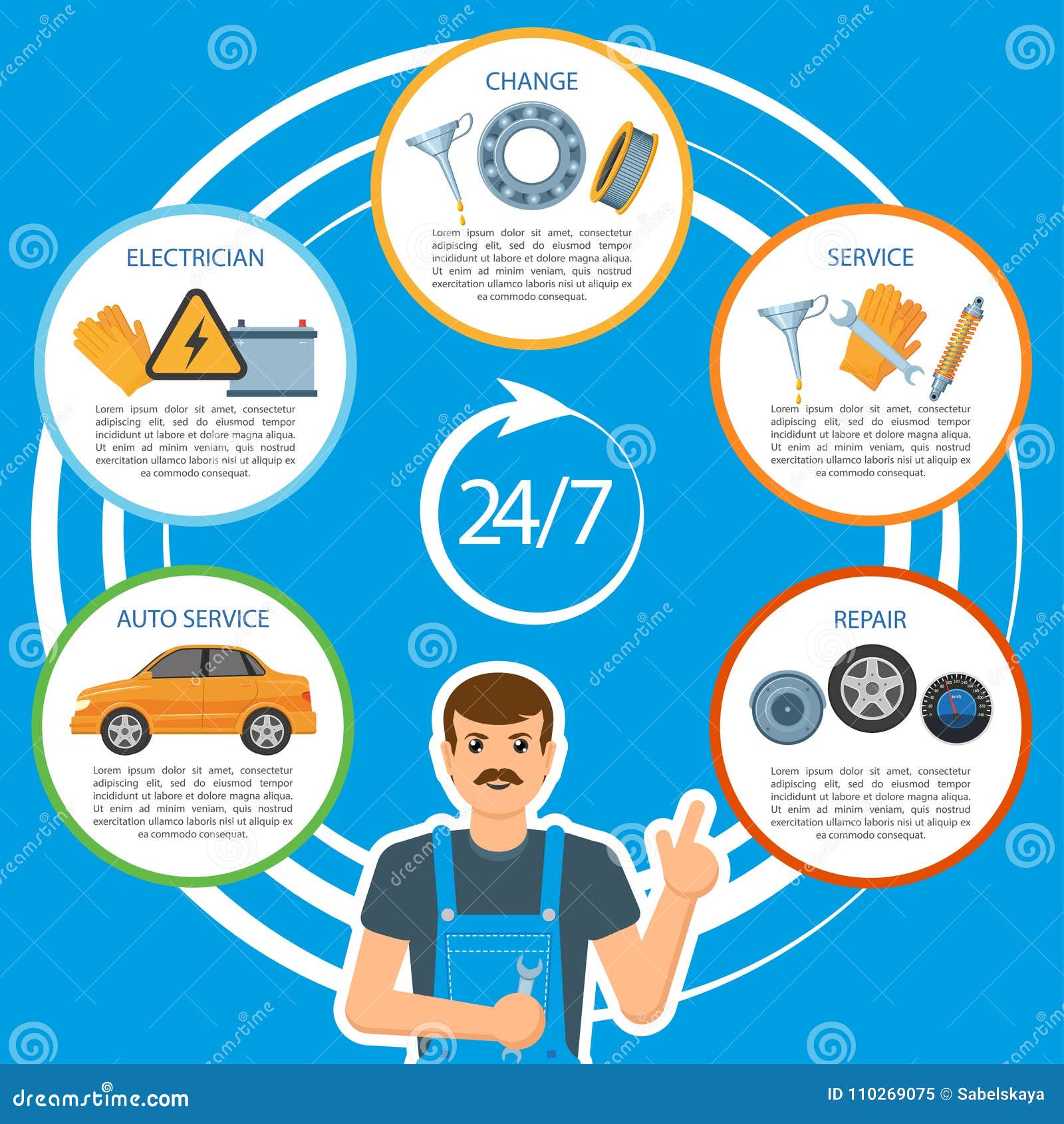Eager To Know What The Dashboard Caution Lights In Your Car Represent? Discover Their Meanings For The Well-Being And Safety Of Your Automobile
Eager To Know What The Dashboard Caution Lights In Your Car Represent? Discover Their Meanings For The Well-Being And Safety Of Your Automobile
Blog Article
https://ecuremappingnearme84051.theideasblog.com/31662250/discover-the-ins-and-outs-of-specialist-automobile-outlining-improved-by-the-unique-understandings-of-an-experienced-professional Composed By-Samuelsen Shepherd
When you're behind the wheel, those radiant caution lights on your dashboard can be a bit perplexing. Do you know what they're trying to inform you about your cars and truck's wellness? Recognizing the importance of these lights is important for your security and the long life of your lorry. So, the following time one of those lights pops up, would not you wish to decipher its message accurately and take the necessary steps to address it?
Common Caution Lights and Interpretations
Recognize typical warning lights in your car and understand their significances to ensure secure driving.
mouse click the next site of the most common caution lights consist of the check engine light, which signals issues with the engine or exhausts system. If this light comes on, it's essential to have your car examined promptly.
The oil stress advising light indicates low oil pressure, needing instant focus to stop engine damages.
A blinking battery light could recommend a damaged billing system, possibly leaving you stranded if not resolved.
The tire stress surveillance system (TPMS) light notifies you to reduced tire stress, impacting lorry stability and fuel effectiveness. Overlooking this can result in hazardous driving conditions.
The ABS light shows a trouble with the anti-lock stopping system, compromising your capability to quit quickly in emergencies.
Last but not least, the coolant temperature level advising light warns of engine getting too hot, which can lead to extreme damage otherwise dealt with quickly.
Understanding these usual warning lights will certainly assist you deal with issues promptly and keep secure driving problems.
Significance of Prompt Attention
Understanding the common warning lights in your vehicle is just the initial step; the significance of quickly resolving these warnings can't be stressed sufficient to ensure your safety when traveling.
When a caution light illuminates on your dashboard, it's your cars and truck's way of connecting a potential problem that requires interest. Ignoring these cautions can result in extra serious issues later on, compromising your safety and possibly costing you more out of commission.
Trigger focus to advising lights can prevent failures and accidents. For example, a flashing check engine light could indicate a misfire that, if left neglected, could cause damage to the catalytic converter. Addressing this immediately can save you from a costly repair work.
Similarly, a brake system advising light may signal reduced brake fluid or worn brake pads, important elements for your safety when driving.
Do It Yourself Troubleshooting Tips
If you see a caution light on your control panel, there are a few DIY repairing tips you can try before looking for specialist help.
The initial step is to consult your automobile's guidebook to comprehend what the particular warning light indicates. In some cases the concern can be as easy as a loosened gas cap triggering the check engine light. Tightening the gas cap might resolve the trouble.
https://waylonjfztn.dailyblogzz.com/31737507/how-to-discover-a-trustworthy-auto-service-center-in-your-location is a low battery, which can activate various alerting lights. Examining the battery connections for deterioration and ensuring they're safe could deal with the problem.
If a caution light persists, you can try resetting it by disconnecting the car's battery for a couple of minutes and after that reconnecting it. Furthermore, examining your vehicle's liquid degrees, such as oil, coolant, and brake liquid, can help fix advising lights connected to these systems.
Final thought
To conclude, recognizing your auto's warning lights is necessary for keeping your automobile running efficiently and securely. By without delay addressing these notifies and understanding what they indicate, you can stay clear of expensive repair services and possible break downs.
Keep in mind to consult your automobile's manual for certain details on each cautioning light and take action appropriately to guarantee a hassle-free driving experience.
Remain informed, stay secure when traveling!
